Ventilation problems, indoor gardening?
todigman
13 years ago
Related Stories
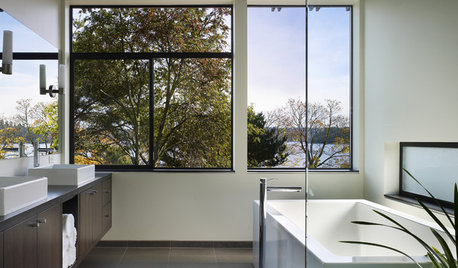
BATHROOM DESIGNGreen and Clean: Ventilate for a Healthy Bathroom
Ridding your bathroom of excess moisture is vital for indoor air quality. Here's how to do it best
Full Story
LANDSCAPE DESIGNProblem Solving With the Pros: How to Build a Garden in an Urban Canyon
Skyscrapers, noise and deep shade create an unlikely sweet spot for a timeless green retreat in New York City
Full Story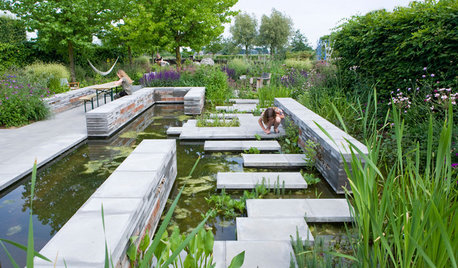
LANDSCAPE DESIGNProblem Solving With the Pros: A Garden Built From Scratch
Nature is reintroduced and redefined in a Dutch urban setting, to forge a dynamic relationship with city dwellers
Full Story
HOUSEPLANTS8 Essentials for Healthy Indoor Plants
Houseplants add so much to our homes — and can thrive when grown in the right conditions. Keep these tips in mind
Full Story
HEALTHY HOMEGet Cleaner Indoor Air Without Opening a Window
Mechanical ventilation can actually be better for your home than the natural kind. Find out the whys and hows here
Full Story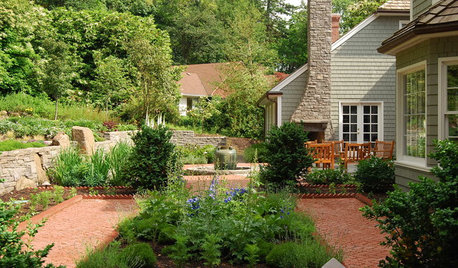
GARDENING AND LANDSCAPINGHerb Gardens for Indoors and Out
Plant a Plot or Steal Some Counterspace for a Fresh Addition to Mealtime
Full Story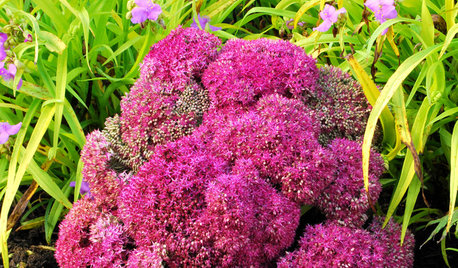
GARDENING GUIDESGreat Design Plant: Sedum (Stonecrop)
Terrific at filling gaps and in a wide range of colors and shapes, sedum is a problem solver in the garden
Full Story
HOUSEPLANTSIndoor Winter Gardens for Cheerier Days
Bring plants inside for drab-days mood boosting — not to mention cleaner indoor air and protection for your greenery
Full Story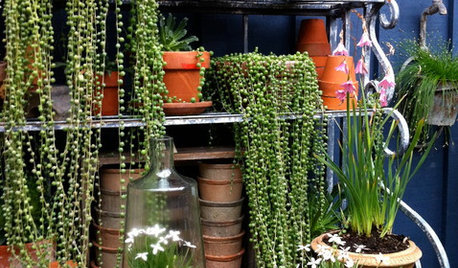
HOUSEPLANTSCascading Succulents Bring Fun Shapes to Your Indoor Garden
For eye-catching spillers with delicate beauty and minimal needs, it's hard to beat these 2 trailing houseplants
Full Story
The Indoor Gardener: Crazy for Cacti
Surprisingly versatile and blessedly hard to kill, cacti are showing up in homes far from the middle of nowhere
Full Story






hardclay7a
homehydro
Related Professionals
Accokeek Landscape Architects & Landscape Designers · Saint Charles Landscape Architects & Landscape Designers · Salem Landscape Architects & Landscape Designers · Berkley Landscape Contractors · Centereach Landscape Contractors · Duarte Landscape Contractors · Fort Myers Landscape Contractors · Franklin Landscape Contractors · Hilo Landscape Contractors · Lyndhurst Landscape Contractors · Rochester Landscape Contractors · Saint John Landscape Contractors · Sammamish Landscape Contractors · Teaneck Landscape Contractors · Silver Firs Landscape Contractorshomehydro
grizzman
homehydro
grizzman
homehydro
Karen Pease